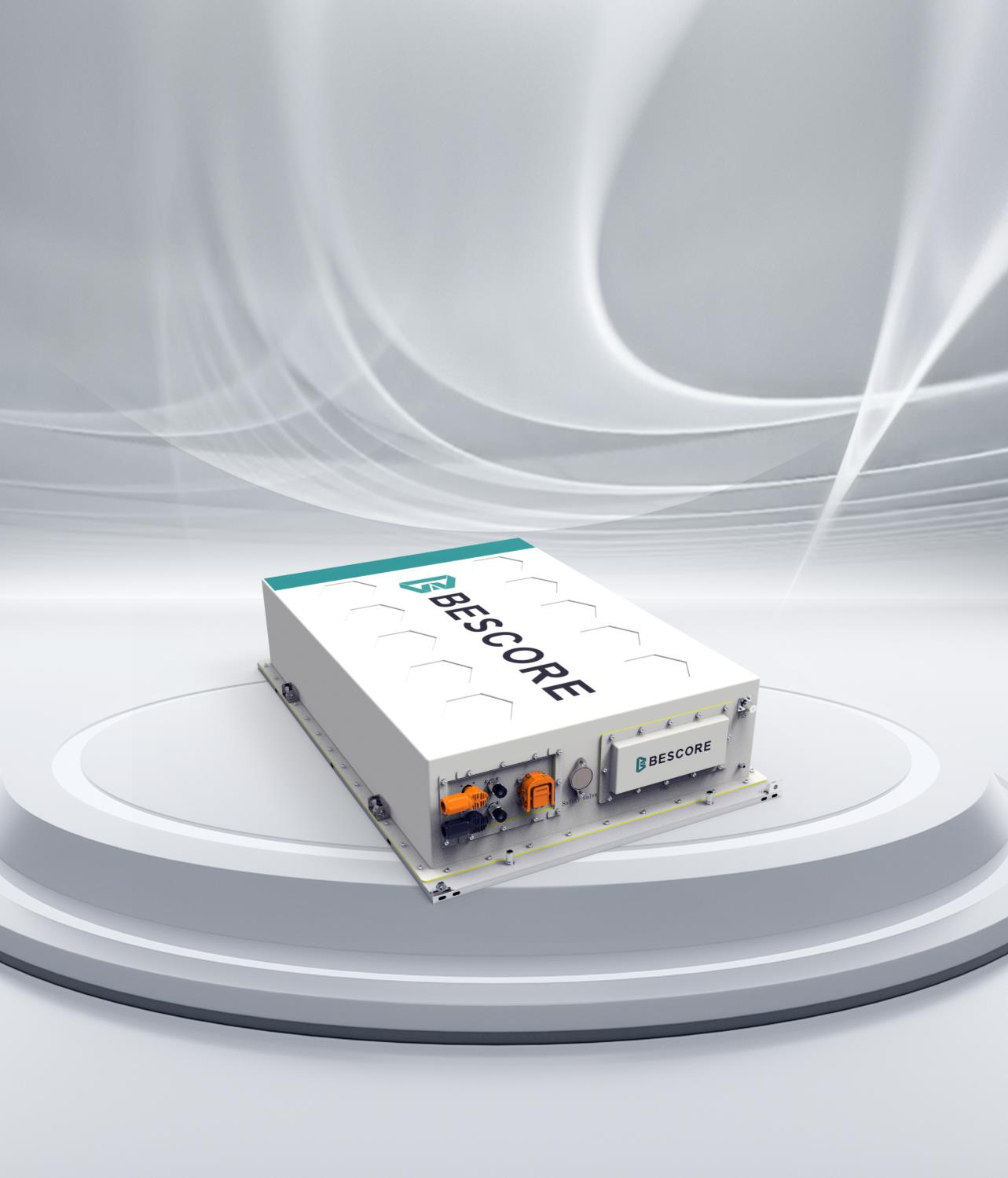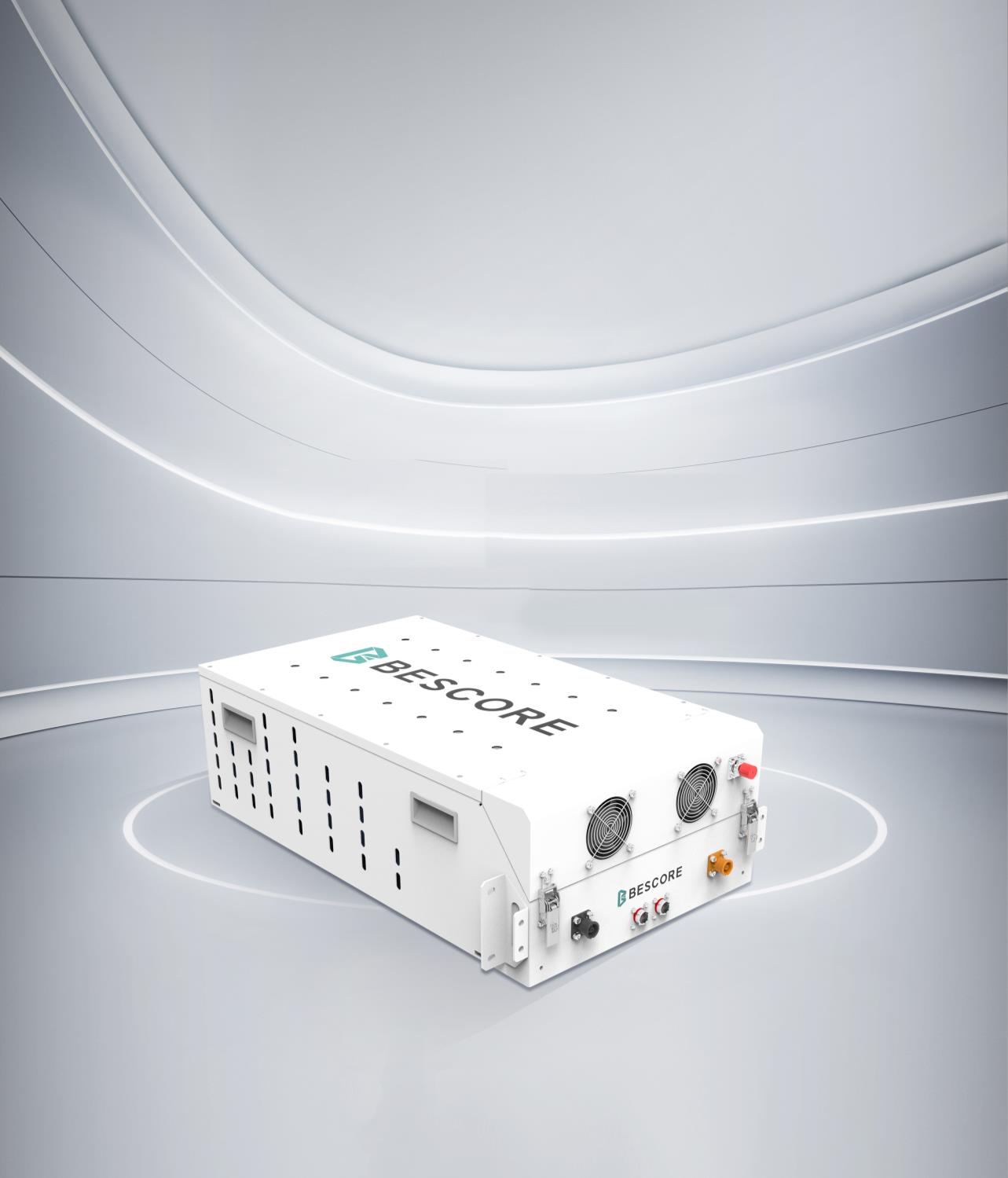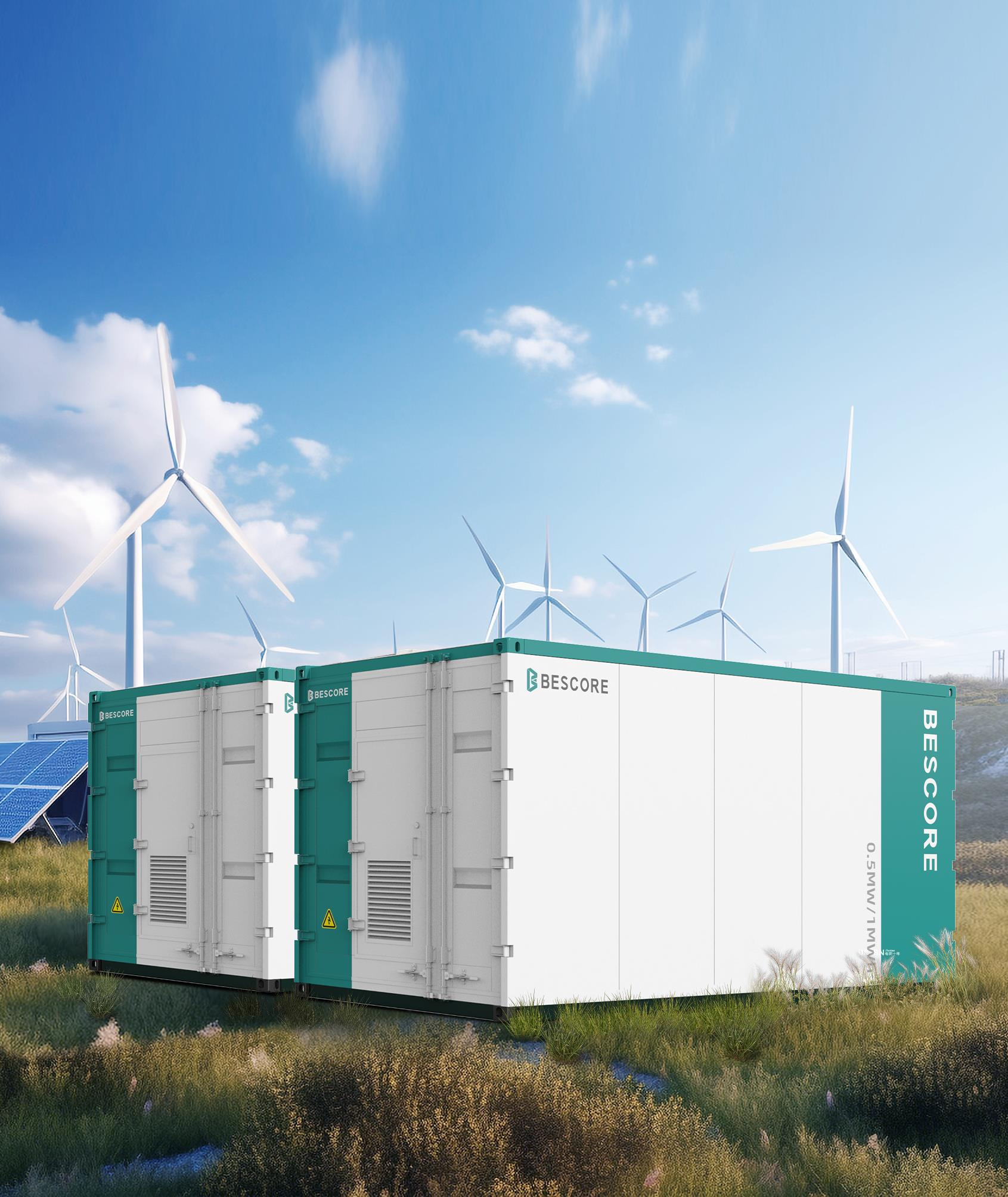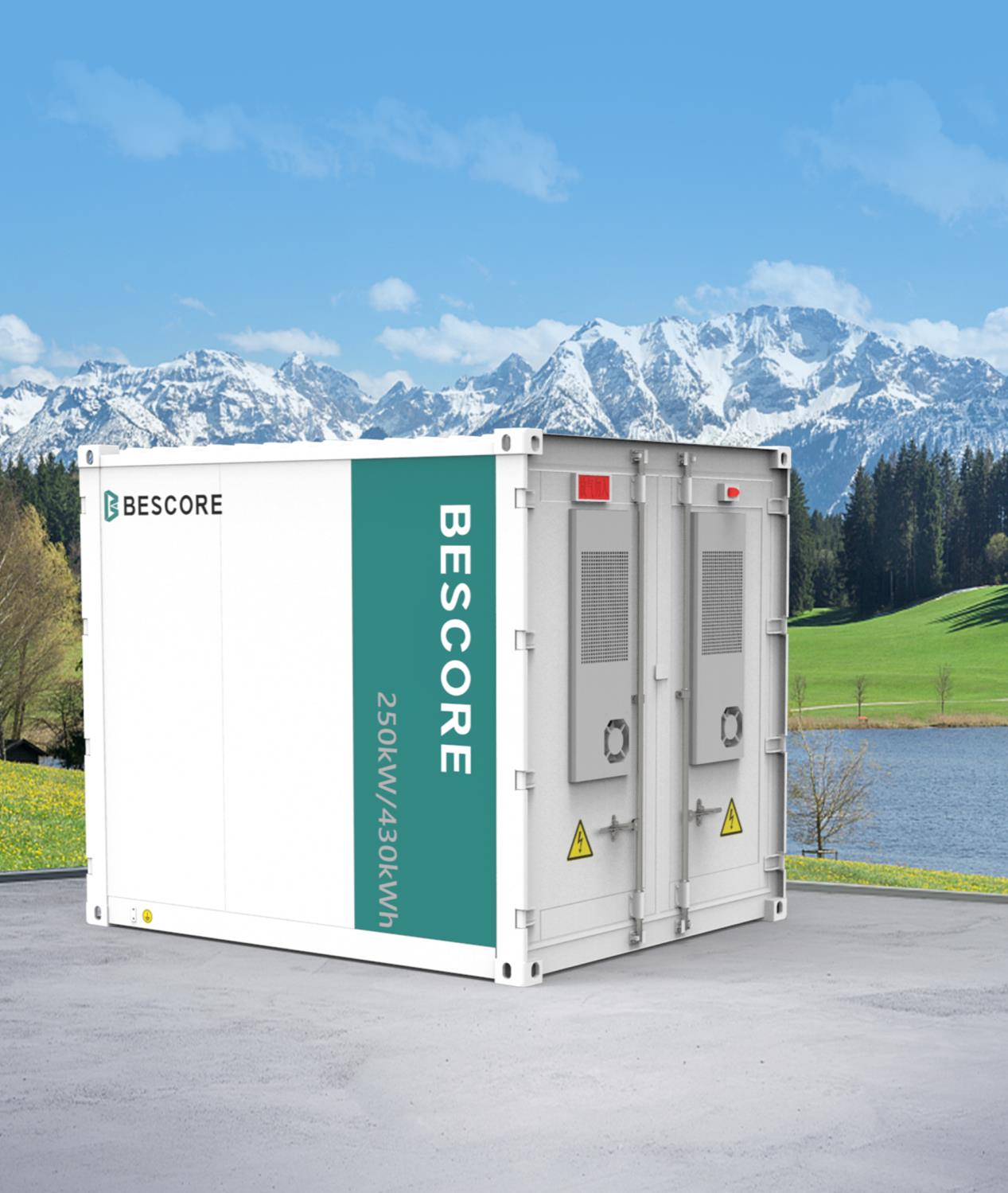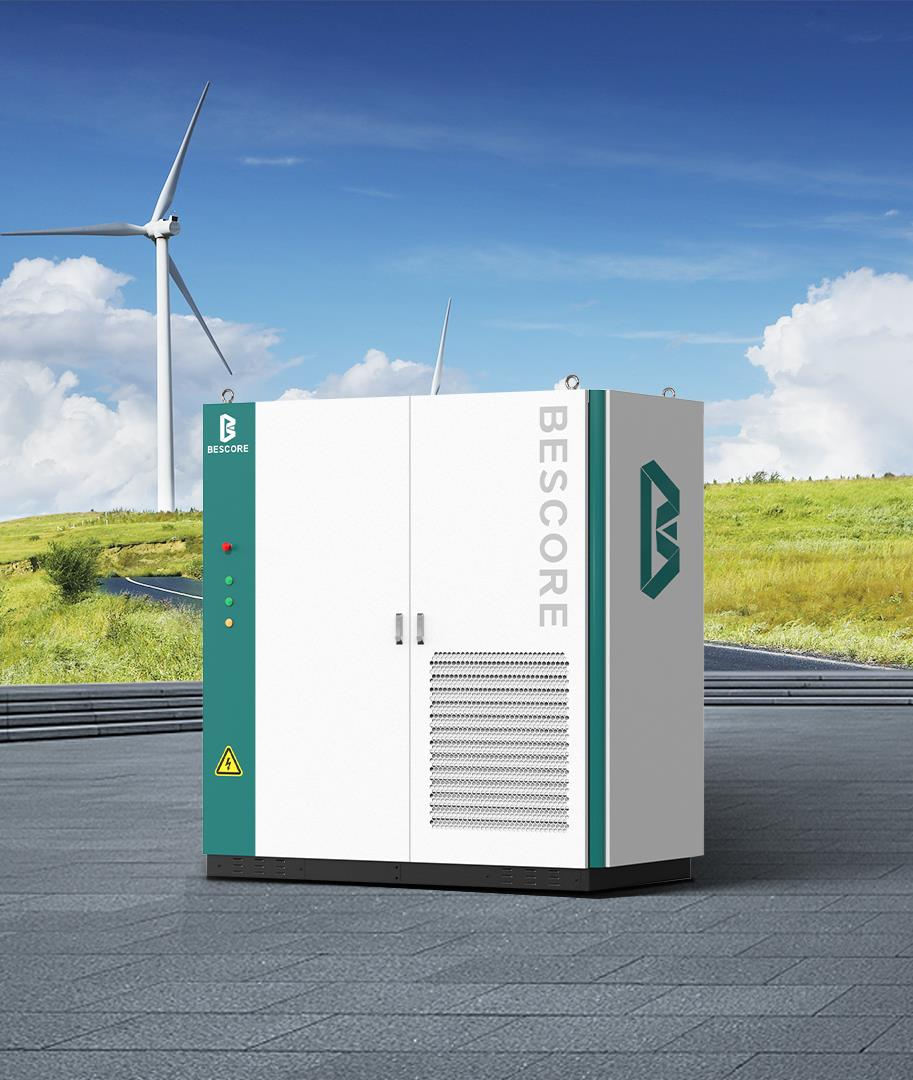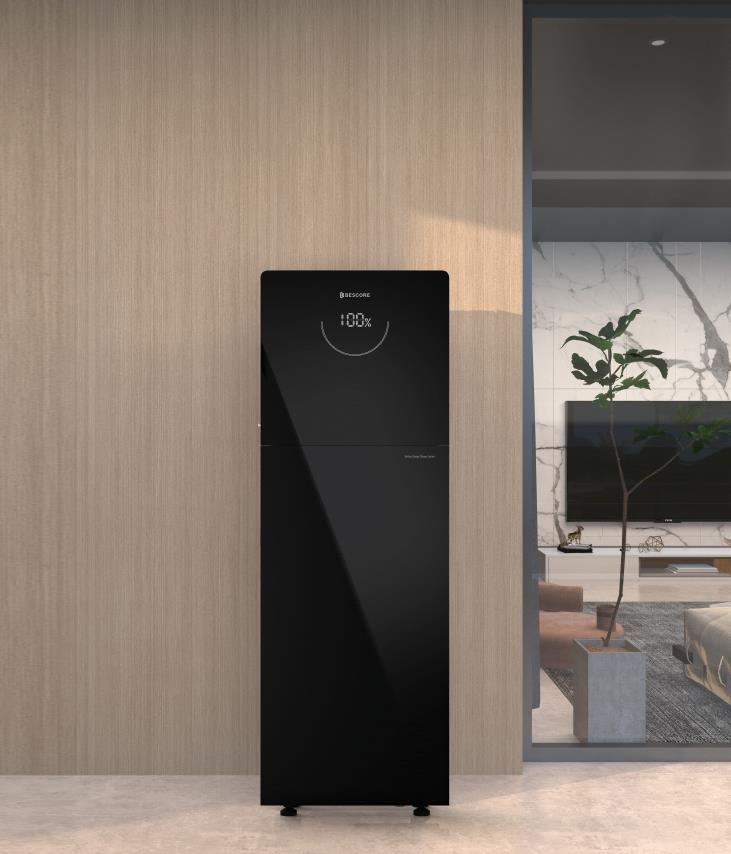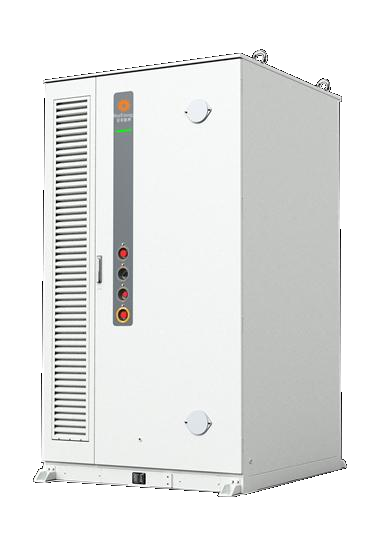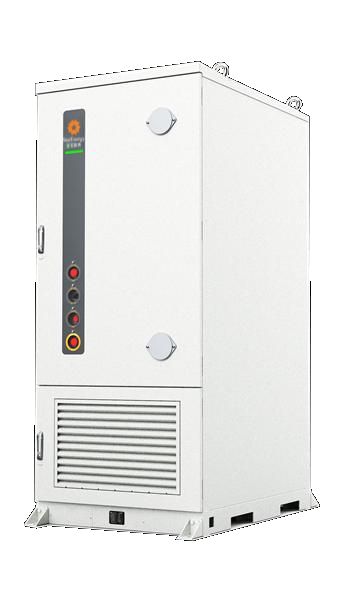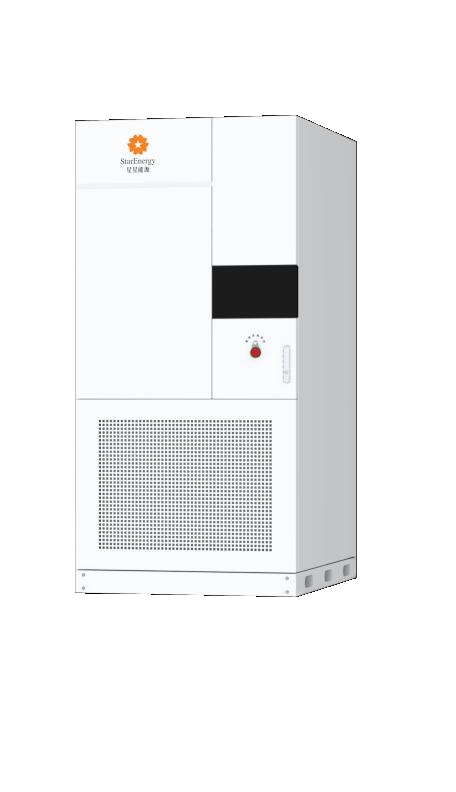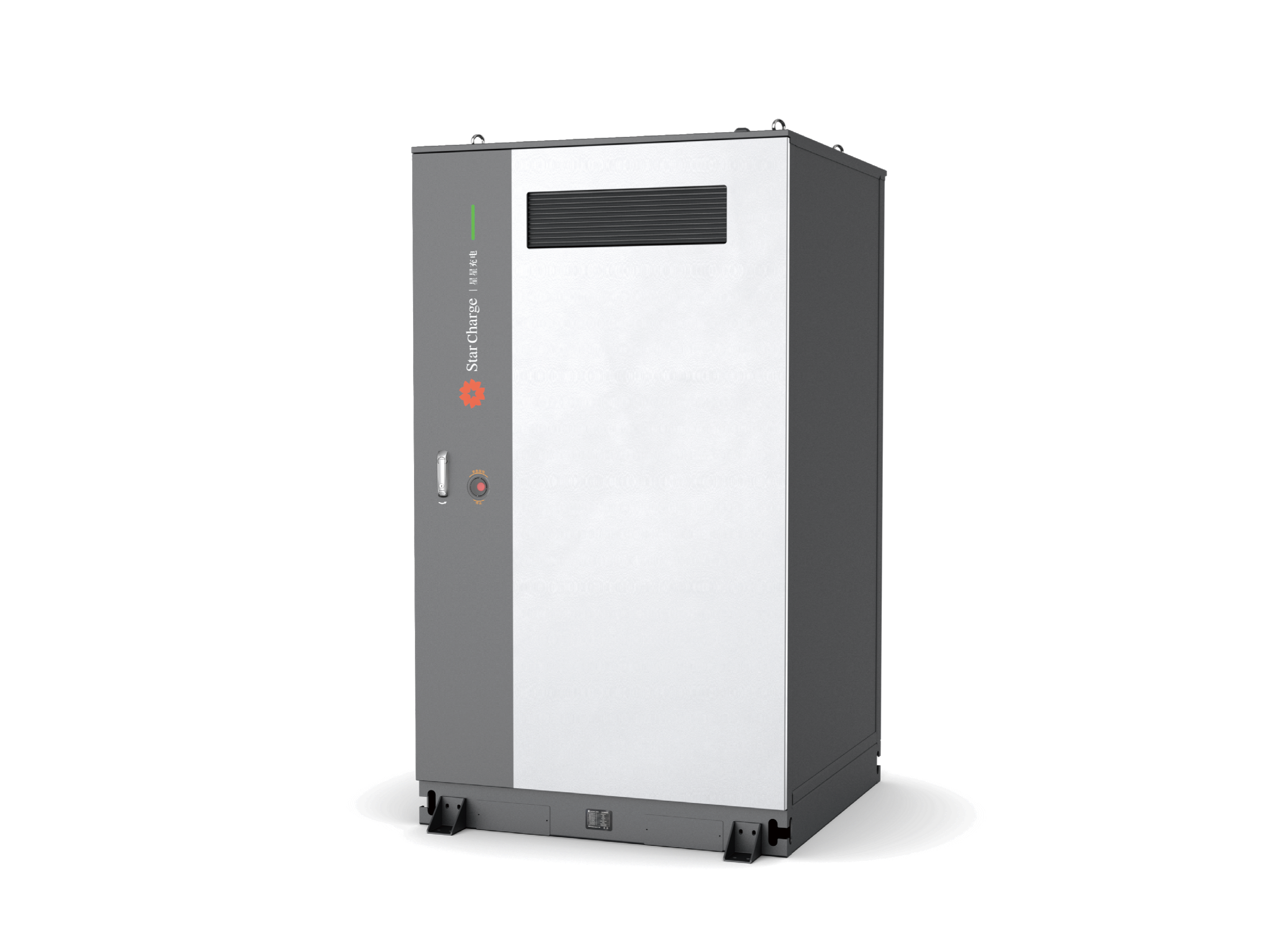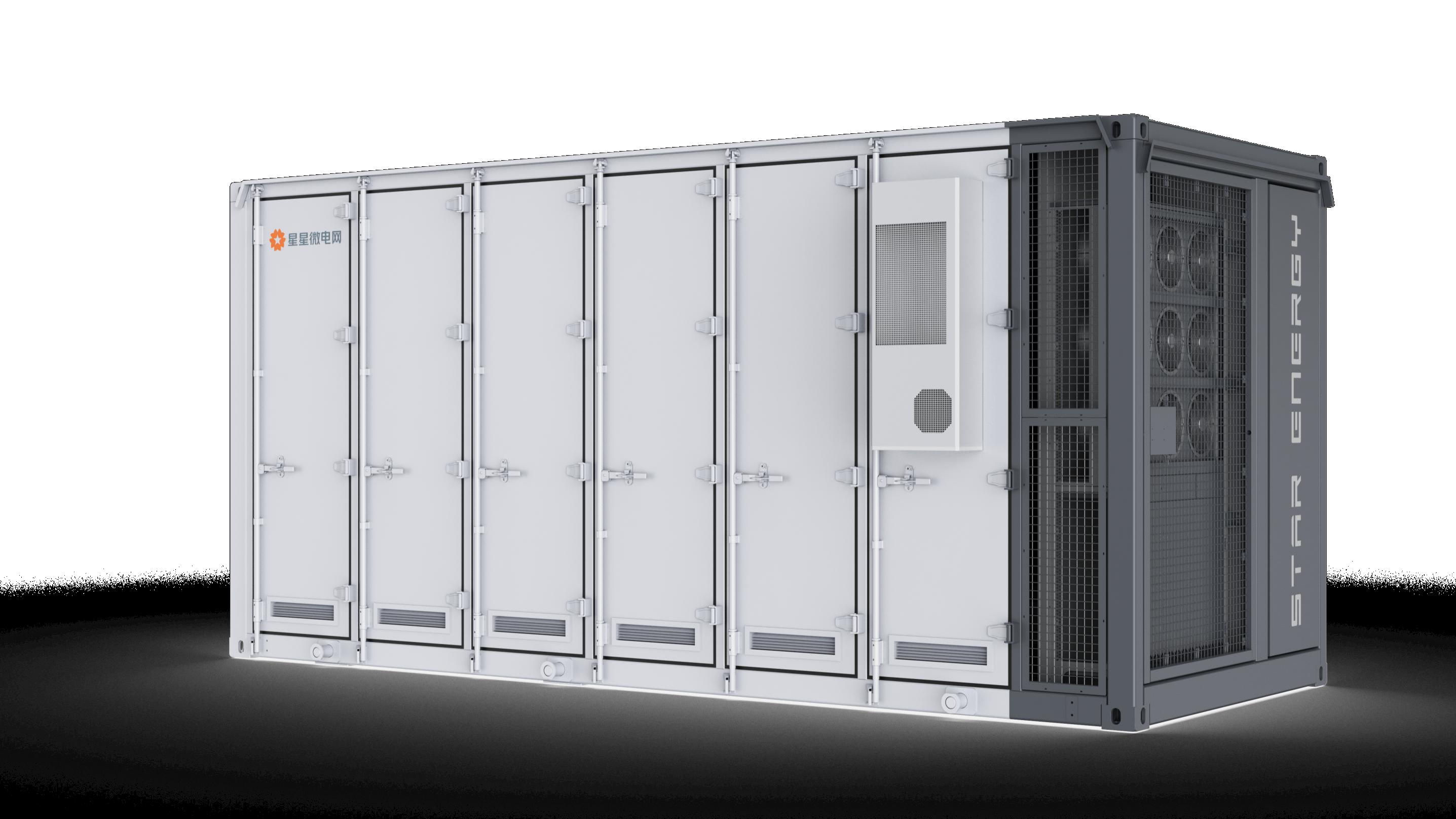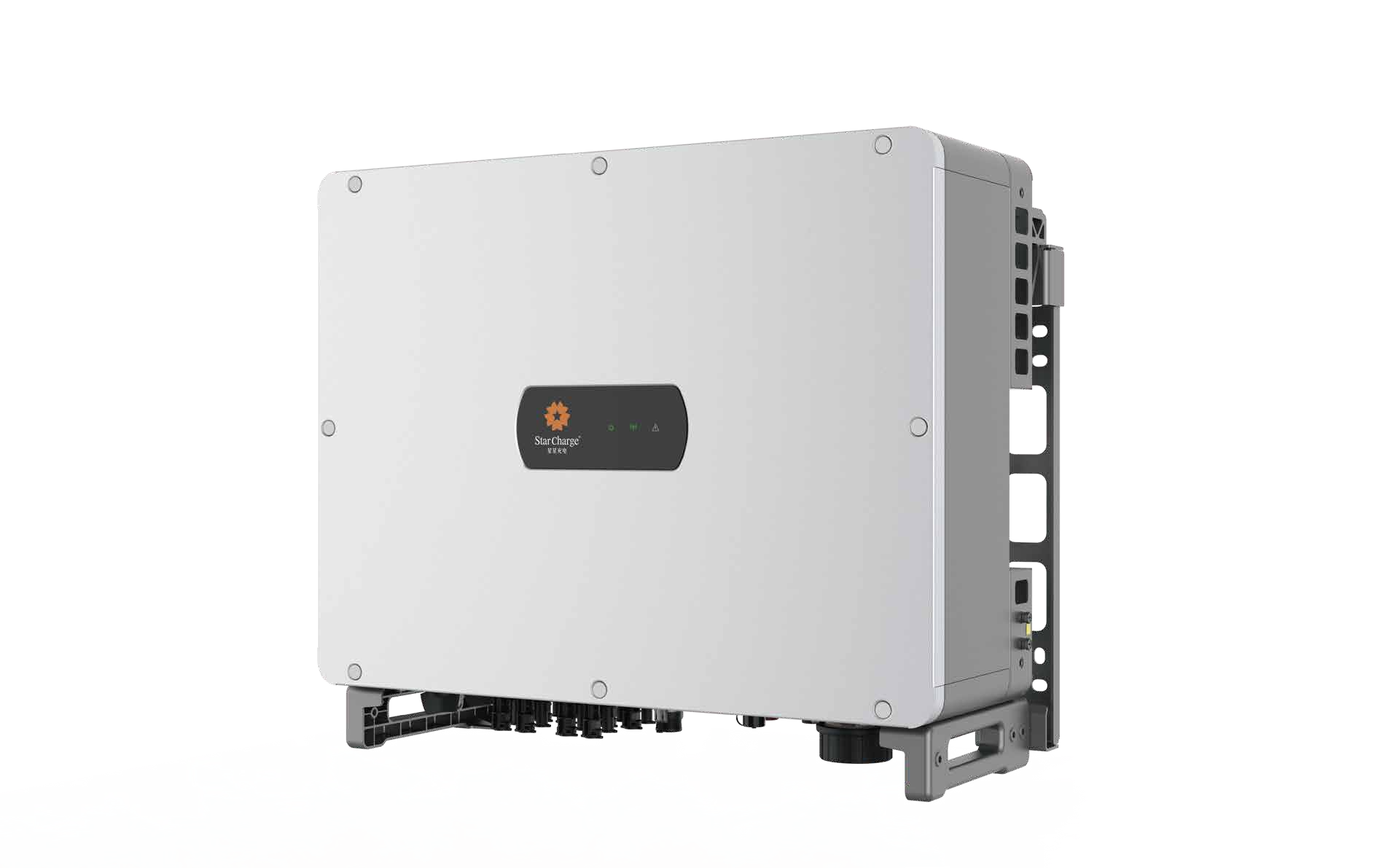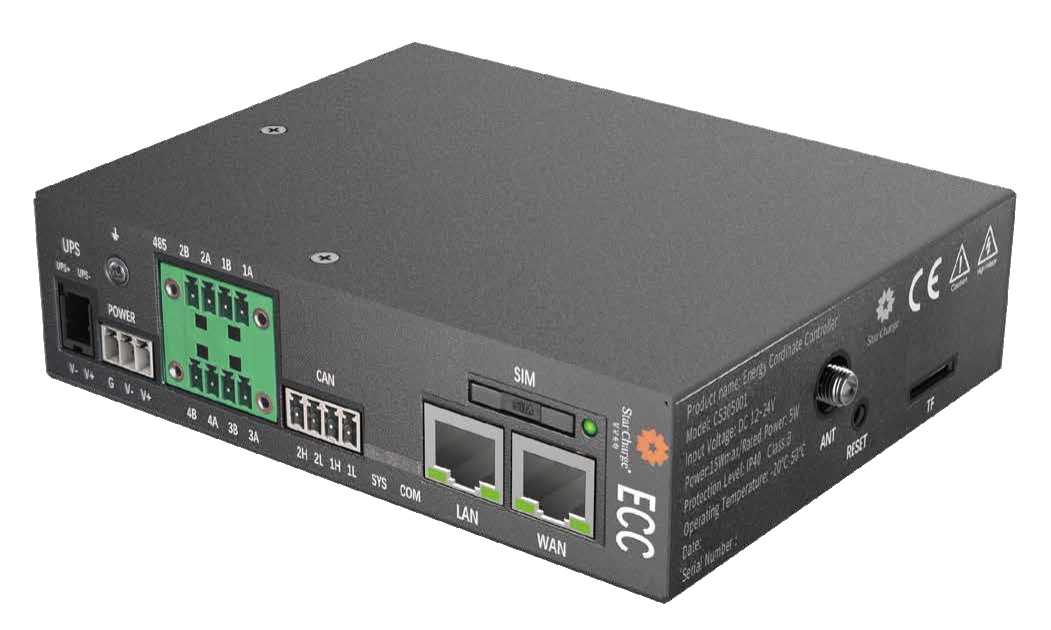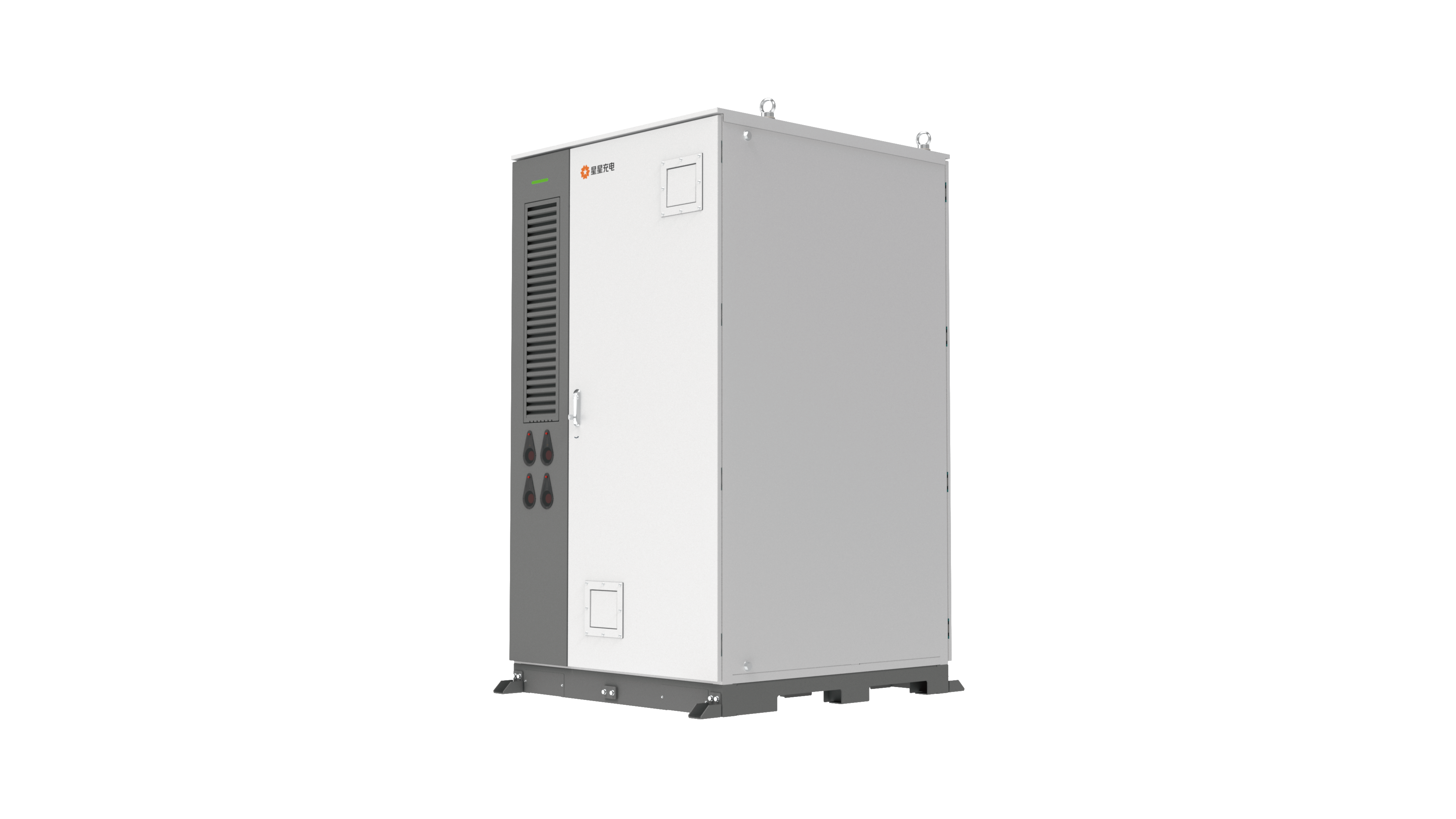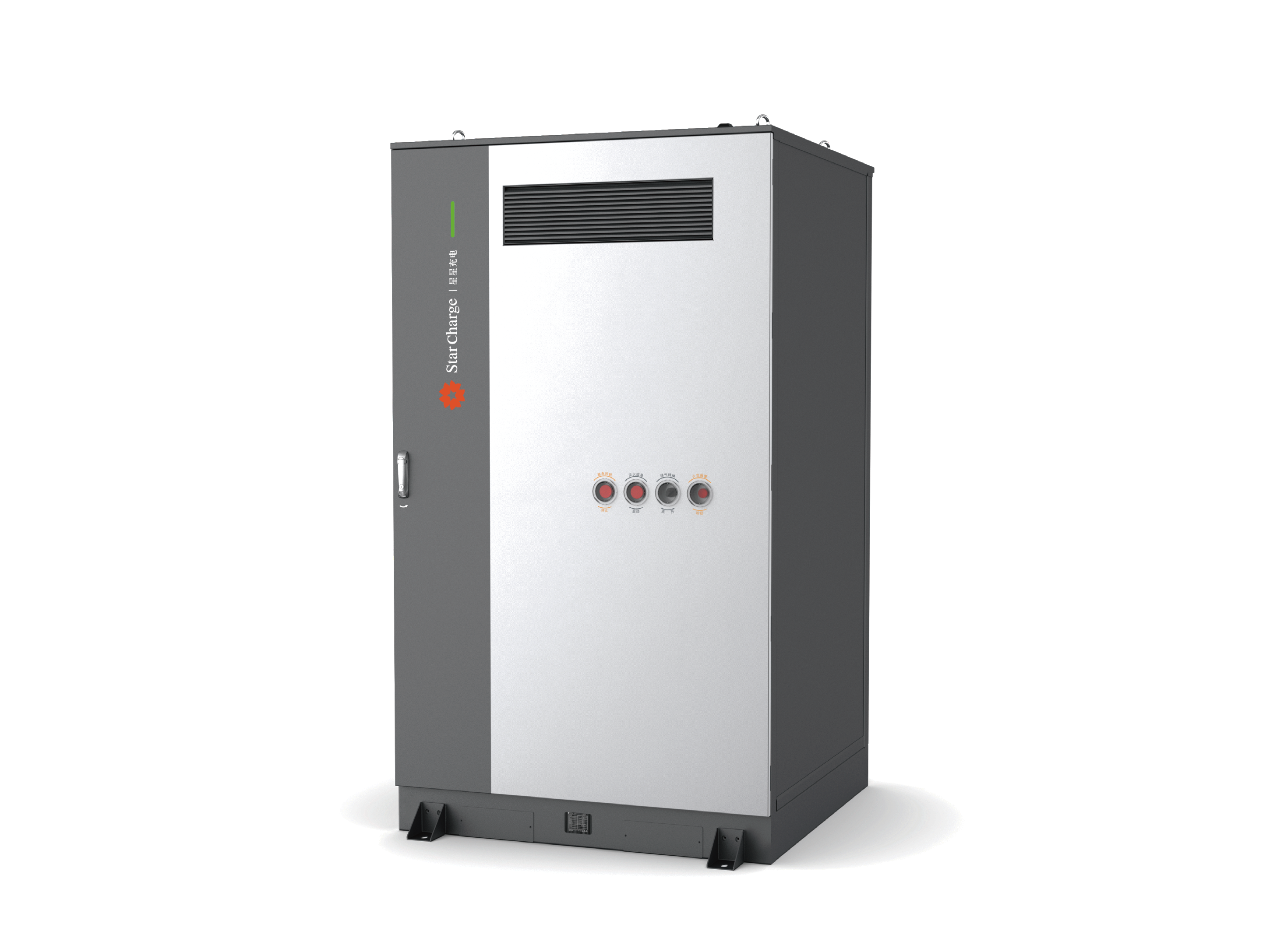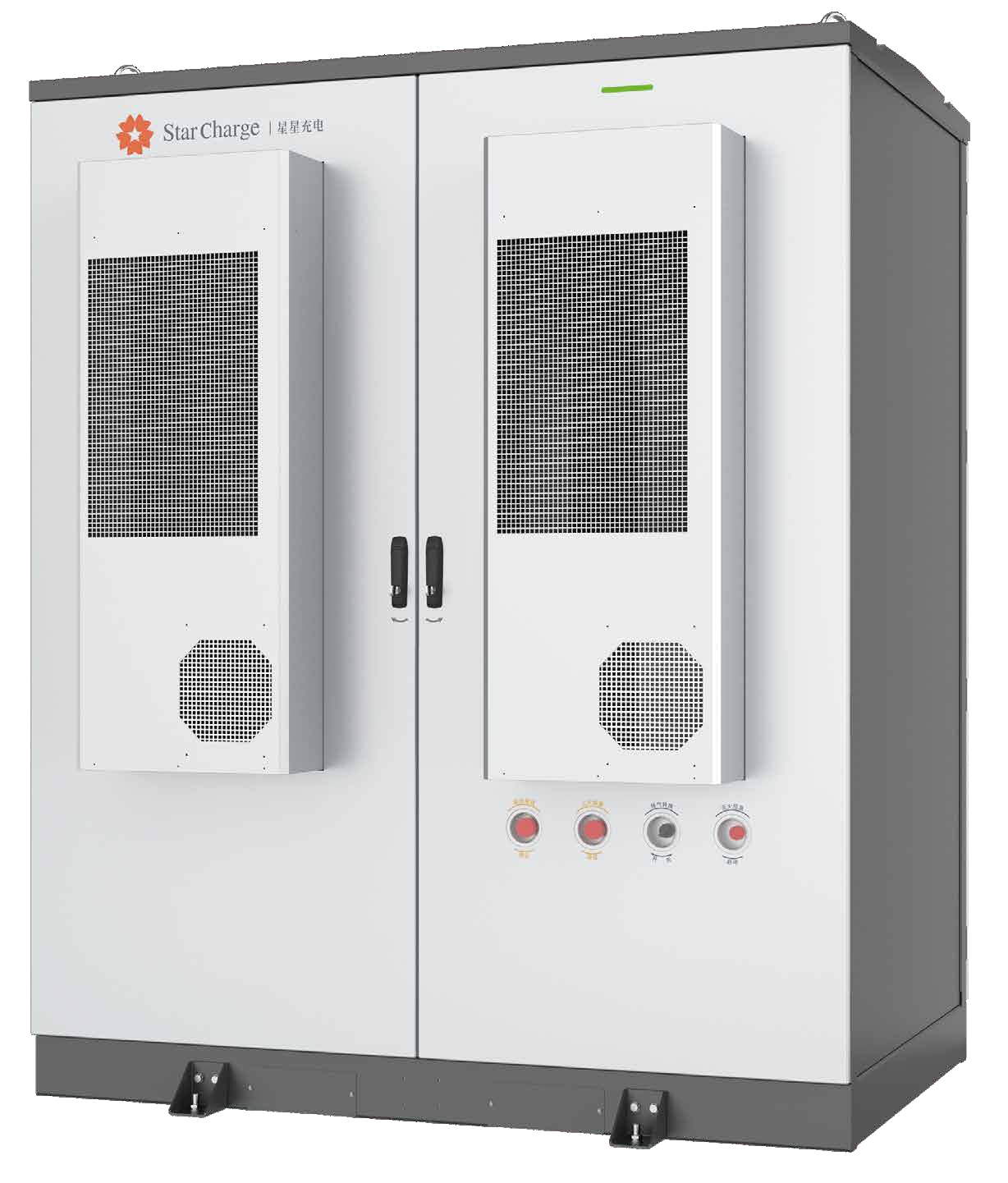Wedoany.com Report-Nov 22, Upon completion, The Red Sea destination will be a role model tourist development with 50 hotels and other amenities powered by 100% renewable energy, thanks to a 400 MW PV power plant supported by a 1.3 GWh battery energy storage system from Huawei.
Along the western coast of Saudi Arabia, an ecosystem is blooming that is set to become a role model of sustainable development in the tourism sector. Spanning 28,000 km2, The Red Sea destination is a key component of the country's Vision 2030, which aims to not only establish Saudi Arabia as a global leader and improve the lives of its citizens, but also to diversify the economy away from dependence on oil.
The primary goal of The Red Sea is to spearhead a new model of development that prioritizes people and planet, according to the developer, Red Sea Global (RSG). Leveraging innovative concepts and technologies, RSG has committed to developing a destination that will be powered by 100% renewable energy upon completion, thanks to 760,000 solar PV panels supported by one of the world’s largest off-grid battery energy storage system (BESS) facilities.
Grant Suckling, Executive Director – Projects at RSG, says that “Huawei was the optimum supplier of the BESS for the development” and was “selected by the public-private partnership (PPP) Consortium and awarded the PPP utilities infrastructure of The Red Sea destination (Marafiq Red Sea for Energy) through a competitive bid process.” The 1.3 GWh energy storage system uses Huawei's Smart String Grid-Forming ESS, making it the world's first GWh-level stand-alone microgrid project for 100% renewable power supply.
Huawei's ESS technology features IP55-level dust and water protection, C5 anti-corrosion capability, and a distributed cooling design, which are vitally important, given the region's challenges with high temperatures, humidity, and salt fog, as well as sandstorms. The highest summer temperature in the Red Sea region exceeds 50 C, and the project is only 100 meters away from the sea.
Grant says “the role of the BESS is to receive and store electricity from the PV solar farms during the daytime and then release the stored energy back into the microgrids during the non-daylight hours to meet consumer demand.” He adds that the BESS is an integral part of the energy mix that “forms and stabilizes the voltage and frequency of the grid and provides for a continuous, stable supply of electricity from renewable sources while reducing greenhouse gas emissions and the carbon footprint.”
Development of The Red Sea destination has been scheduled for two phases. According to Grant, “Phase One is progressing, with our first three resorts now open and our dedicated airport welcoming domestic and international flights.” The first resort, Six Senses Southern Dunes, has a dedicated microgrid consisting of eight BESS containers totaling 14.45 MWh of energy storage capacity and a solar farm with 11,312 PV panels with 6 MWp/5 MWac generation capacity. A further 14 hotels are set to open throughout 2024 and 2025, marking the end of Phase One.
According to Huawei, the project uses biodiesel generators only for emergency backup, which means the PV+ESS system must be able to operate stably under various steady-state and transient fault conditions. Faced with complex grid conditions, The Red Sea uses Huawei's Grid-Forming Smart Renewable Energy Generator Solution to make the PV+ESS system a reliable voltage source. The stable microgrid can implement continuous off-grid fault ride-through and support GWh-level black starts, enabling minute-level power recovery and avoiding loss caused by power outages.
Other challenges faced by the PV+ESS system include the inrush current caused by frequent connection/disconnection of transformers, as well as startup/shutdown of motor-type loads – both of which risk collapsing the microgrid.
“The project's advanced grid-forming energy storage algorithm supports 100% of unplanned transformer connections without the need for additional power conversion systems,” says Grant.
By 2030, when The Red Sea destination reaches full completion, it will be home to 50 hotels across island and inland sites, with the goal of being completely carbon neutral and aspirations to become carbon negative. The destination will also include luxury marinas, golf courses, entertainment, food and beverage services, and leisure facilities.
RSG has a steadfast commitment to enhancing – not just sustaining – the natural environment throughout its portfolio, as well as delivering world-leading luxury experiences for guests.
“The Red Sea goes beyond sustainability to have a regenerative impact on the environment, aiming for a 30% net conservation benefit to local ecosystems by 2040,” Grant emphasizes. “This will be achieved by enhancing biologically diverse habitats including mangroves, seagrass, corals, and land vegetation.”
